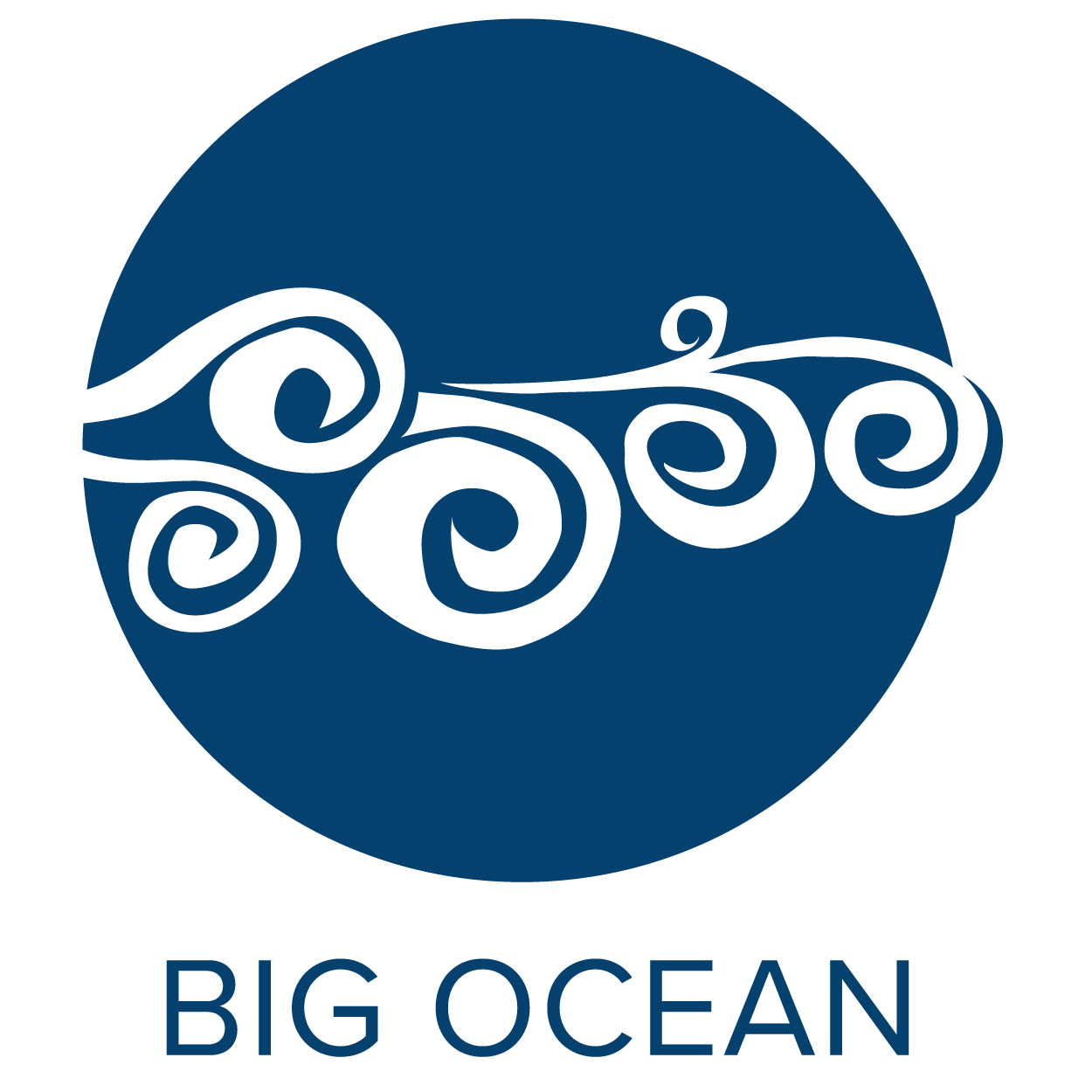Assessing the Political Landscape for Ocean Conservation at Scale
Designing and establishing large-scale marine managed and protected areas is challenging, but ensuring sites are managed effectively and increase in durability over time means tracking and evaluating broader enabling conditions. The Big Ocean Planning Team created a Political Conditions Table for managers and the broader LSMPA Community of Practice to better address the ever-evolving landscape of marine protection at scale.
Led by veteran practitioner, former manager for the Great Barrier Reef Marine Park, and planning team member Jon Day, the design of the tool unfolded across several months in late 2022. Big Ocean managers and others from the LSMPA community of practice (e.g., scientists, educators, partners, and academics) helped refine the Table at a Network meeting held in conjunction with the 5th International Marine Protected Area Congress in Vancouver, B.C. in February 2023.
However, the political landscape for each large-scale marine managed and protected area is unique and made up of layered and complex socio-cultural environments at the local, national, and international levels. As such, there is no single tool that will be the perfect fit for every site. The best we can do is provide a starting point, and that is what this Table is. Big Ocean considers this tool to be a "living document,” and a means to cultivate critical conversations, map out needs and gaps, and set goals to be achieved through cross-sector collaboration. Further refinement of the Table will be made as a broader spectrum of practitioners and communities use it and provide feedback.
Most importantly, this Table aims to support managers to foster a culture of problem-solving, enhancing daily work, and increasing capacity through positive feedback and learning versus being punitive. By focusing on collaboration and continuous improvement, managers can identify challenges, develop solutions, and work towards common environmental goals more effectively. This supportive approach not only enhances conservation efforts but also builds trust and motivation among managers, leading to more sustainable and impactful outcomes, and ultimately, site durability.
How can the Table be used?
High-level agency supervisors and site managers can use the tool to better calibrate and develop goals and objectives that are practical and achievable and under realistic time scales.
Site communication directors can use the Table to enhance the design of outreach and public-facing communications, as well as materials specifically for policymakers.
Experienced staff within different departments of a managing agency could use the table to assess how well-calibrated they are about the political landscape.
Managers and partners can identify what political relationships might best support or be a significant challenge to accomplishing long-term conservation goals.
Managers, partners, and policymakers can assess the misalignment between management aims and the broader landscape of marine conservation laws and regulations.
A conversation with one or more rightsholders, stakeholders, and key community partners can be facilitated to better problem-solve and strategize as a collective during critical political cycles or changes in political leadership.

